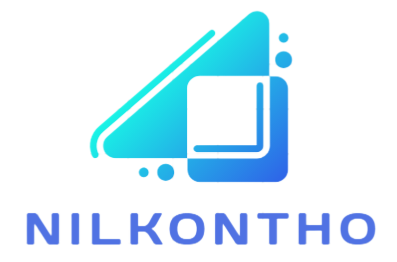In a society increasingly influenced by personal appearance, it is no surprise that cosmetic enhancements have surged in popularity, and one trend, in particular, has fluttered to the forefront: eyelash extensions. Across the United States, the allure of waking up with full, fluttery lashes without the need for mascara has taken hold, transforming the beauty routines of millions. This phenomenon isn’t just a beauty trend; it’s a cultural shift that underscores contemporary values such as self-expression, convenience, and personal branding.
The Basics of the Lash Life
Eyelash extensions involve attaching synthetic, silk, or mink lashes to natural lashes with semi-permanent glue. Each artificial lash is applied one by one, a meticulous process that can take anywhere from one to two hours. These extensions offer a beauty solution that withstands sleep, exercise, and even showers, lasting for several weeks before requiring a fill.
Historically, false eyelashes have had their place in the makeup kits of Hollywood starlets and glamour aficionados since the early 20th century. However, the modern boom of extensions in the U.S. began in the early 2000s, following innovations in South Korea and Japan, where individually applied lashes were developed. As techniques improved and word spread, the trend reached American shores, where the promise of effortless beauty resonated with busy lifestyles and the burgeoning wellness and self-care movement.
Market Expansion: A Lucrative Beauty Segment
The beauty industry in the United States, valued at approximately $49.2 billion in 2019, has seen substantial growth in the segment dedicated to eyelash services. As of 2021, the global false eyelashes market size was valued at $1.1 billion and expected to expand at a compound annual growth rate (CAGR) of 5.4% from 2021 to 2028. This spike in interest has led to a proliferation of salons and boutiques specializing in lash services, with chains like Amazing Lash Studio becoming as commonplace as nail salons in many American cities.
Social media has played a pivotal role in this explosion, providing platforms for self-expression and visual presentation. Influencers, celebrities, and everyday consumers post close-ups of their immaculately styled lashes, serving as brand ambassadors and trendsetters. This visual medium is perfect for showcasing the striking results of lash extensions, enticing followers to seek the same glamourous look.
Training and Certification
As the demand for eyelash extensions has soared, so has the need for skilled technicians. Many states require lash artists to have a cosmetology or esthetician license before they can legally perform the procedure. This ensures they understand sanitation procedures, eye health, and safe application methods, protecting consumers from risks such as allergic reactions, eye infections, or lash loss.
Post-certification, lash artists often attend additional training provided by lash extension companies. These courses specialize in product-specific application methods, styling, and advanced techniques, allowing artists to expand their skill set and stay competitive in the market.
The Darker Side of the Lash Craze
However, the trend is not without its critics and pitfalls. Health professionals have expressed concerns about the risk of eye issues, ranging from irritation and infection to allergic reactions from the glue, especially when applied by inexperienced technicians. Moreover, the pressure to adhere to beauty standards amplified by social media contributes to negative self-perception and anxiety among consumers, particularly young women.
The industry also faces scrutiny regarding the ethical implications of sourcing real fur for mink lashes. While synthetic alternatives are available, the premium feel of mink fur continues to be marketed as a luxury option, igniting debates among animal rights activists, consumers, and beauty brands.
The Future of Flutter
Technological advancements are set to shape the future of eyelash extensions. Industry research focuses on developing hypoallergenic adhesives to reduce the risk of reactions and improving the longevity of the bond without damaging the natural lash. Additionally, the expansion into virtual try-on technology, as seen in other sectors of the beauty industry, may soon revolutionize how consumers select their next lash look.
Sustainability will also influence the sector’s evolution. With increasing scrutiny on the environmental impact and ethical considerations of beauty products, consumers are demanding cruelty-free and sustainable options. This consumer consciousness will likely drive further innovations in materials and sourcing, potentially making synthetic lashes indistinguishable from their natural counterparts.
In conclusion, the eyelash extension trend in the United States represents more than just an aesthetic preference; it’s a complex interplay of cultural values, technological advancement, and market dynamics. As the industry addresses the challenges of health risks, ethical sourcing, and sustainability, it continues to thrive, propelled by continuous innovation and an ever-growing consumer desire for convenient glamour. The lash extension craze is not just a fad but a fascinating reflection of contemporary society’s evolving norms and expectations.
